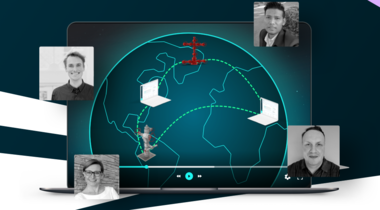Historically, oil companies have had to choose between “reliable” wellhead monitoring solutions that are difficult to install, “affordable” well monitoring solutions that don’t offer reliable coverage, or “global” well monitoring solutions that cost tens of thousands of dollars.
Satellite has traditionally been too expensive to be practical for well monitoring. The power requirements make it impractical for remote oil fields. And most operating systems have a limited gateway-to-sensor distance.
But, new technology is changing the game. Here are the three big innovations that are reshaping well monitoring (and remote oil operations) as we know it.
1: Long range networks.
One of the reasons satellite technology has been impractical for many remote oil fields is a seemingly ridiculous reason. Most sensors (which collect the data) and gateways (which transmit the data to space) can’t be more than 200 metres apart.
For some use cases, that’s not a problem. But for oil fields? Your wells might be kilometres apart from each other. Which makes it prohibitively expensive to install a gateway at each well. Long-range networks change things, though. Emerging tech makes use of LoRaWAN, a long-range protocol that extends the distance between sensor and gateway to 10 kilometres.


